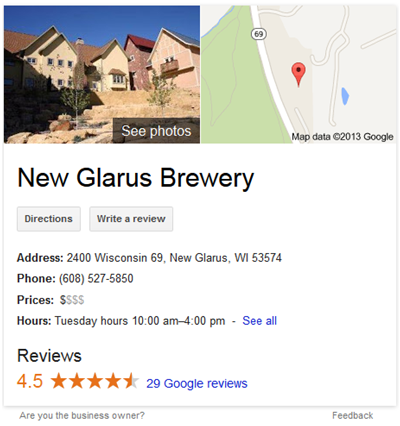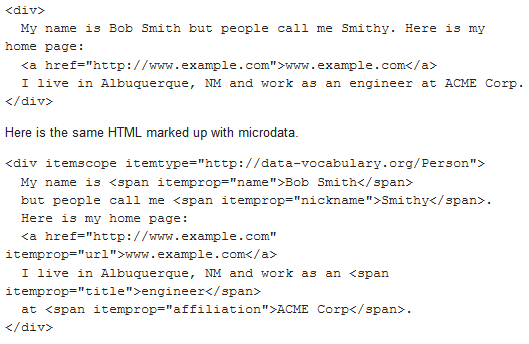When you use Google these days, you might notice that your natural search results are falling farther and farther down the page. Whether it be news stories, image search results, or shopping results, it’s becoming harder and harder for customers to find their way to your site.
Rather than fight the system, the best way to get better natural search results for your site is to work within Google’s system to bring your results back up above the fold.
This is where Google’s Knowledge Graph comes into play. Google’s Knowledge Graph is a new feature that Google has implemented that shows up in the right rail of your search page, and shows a summary of one topic or item.

What is Knowledge Graph?
According to Google, "The Knowledge Graph enables you to search for things, people or places that Google knows about—landmarks, celebrities, cities, sports teams, buildings, geographical features, movies, celestial objects, works of art and more—and instantly get information that’s relevant to your query."
Here’s how it works. Google crawls through websites, picking up all the raw data it can. Once it has everything scanned into its system, it finds correlations in that data. For example, if it lands on an event page on your website, it will link all the data of that event together. You might have the date or time on an entirely different part of the page, but Google’s algorithm is smart enough to connect all the pieces.
Beating the System
By leveraging this information, you can make sure that your brand and site shows up above the fold, making the most of your search real estate. By adding a small amount of code to your website (called rich snippets), you can make it easier for Google to put the pieces together. As explained by Google, "The HTML5 microdata specification is a way to label content to describe a specific type of information—for example, reviews, person information, or events. Each information type describes a specific type of item, such as a person, and event, or a review. For example, an event has the properties venue, starting time, name, and category."
Google then uses that data to add to its Knowledge Graph, including your specific data.

Figure 1 - Google supports rich snippets for these content types: Reviews, People, Products, Businesses and organizations, Recipes, Events, and Music.
The best example of this is when a user searches for your business, they will receive a map of your office, your contact details such as address, phone number, hours, and reviews.
The more information you offer to Google, the more information Google can show your customers. This information is shown to you in the Knowledge Graph format.. and all of it is above the fold, as well above your competitors ranked pages.